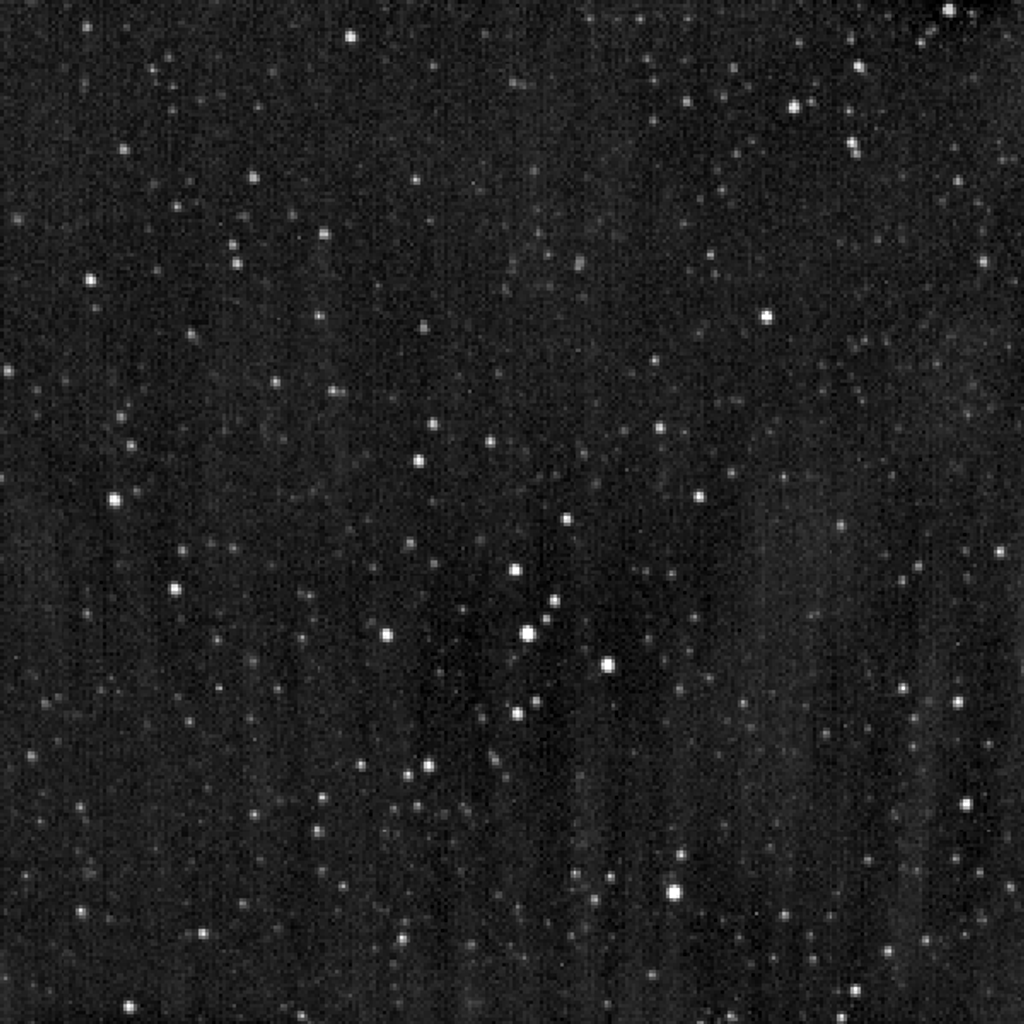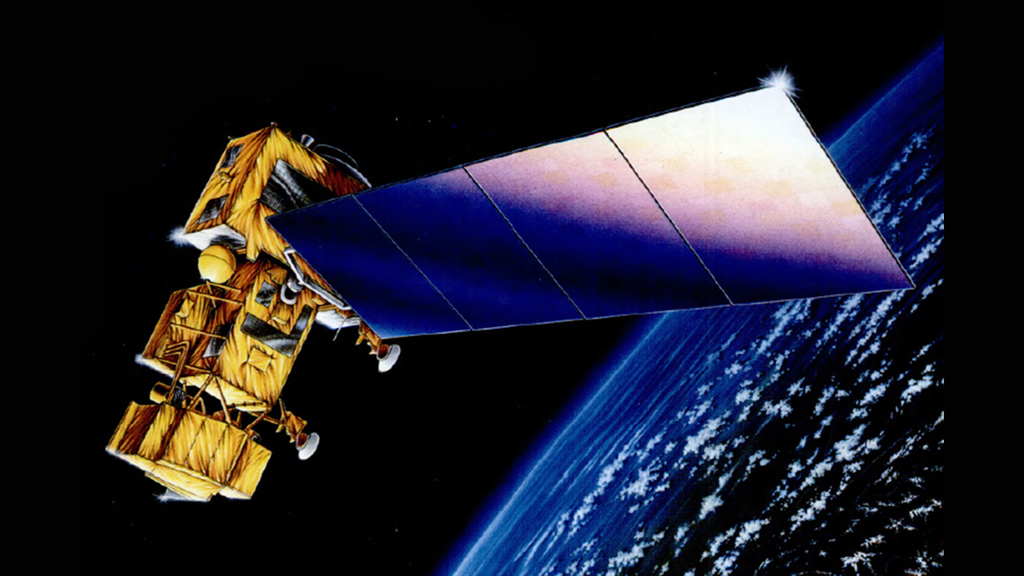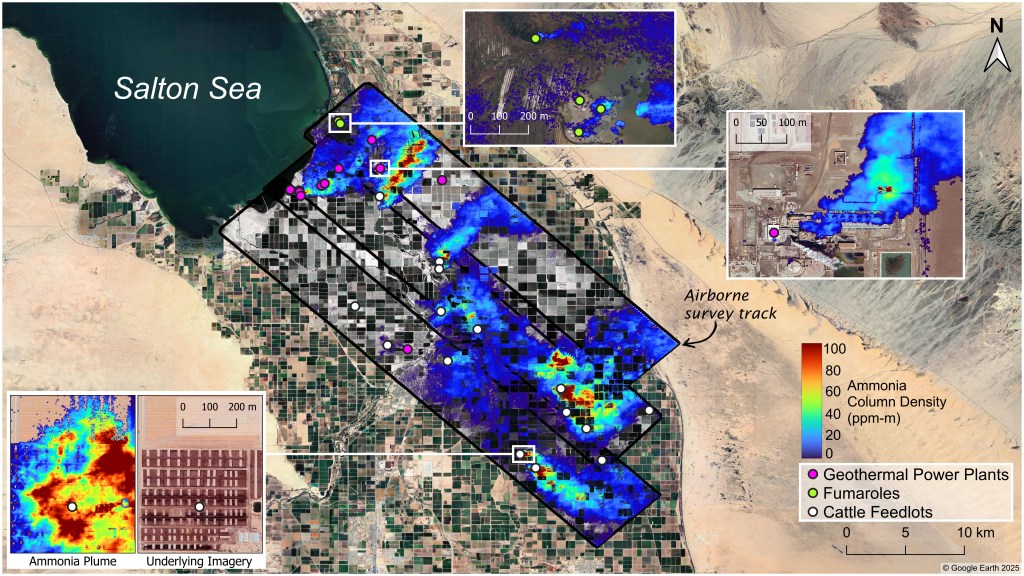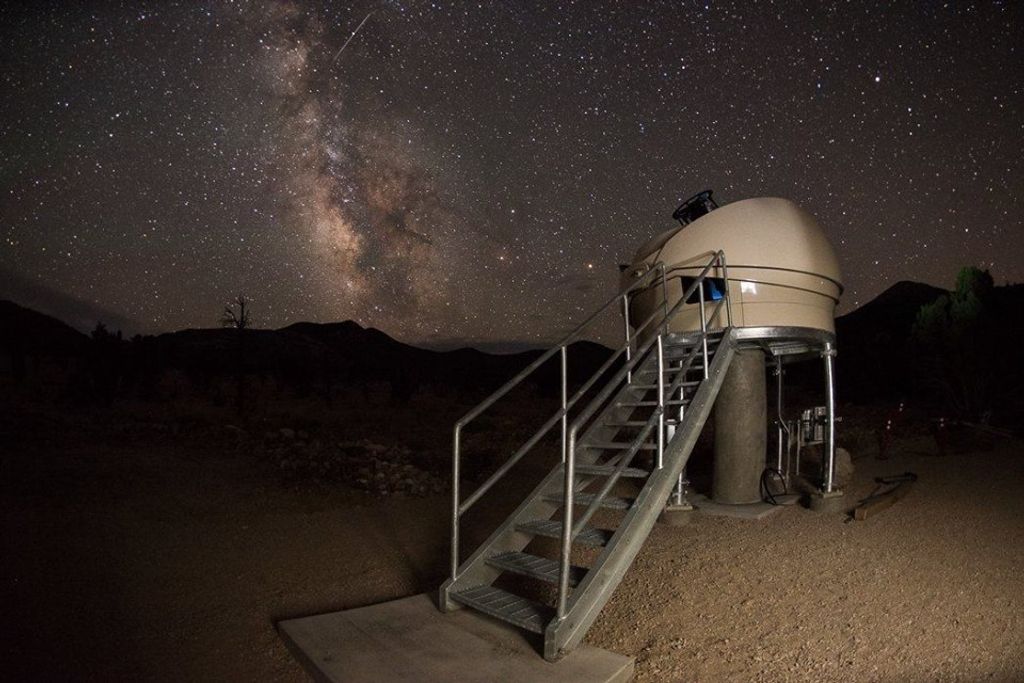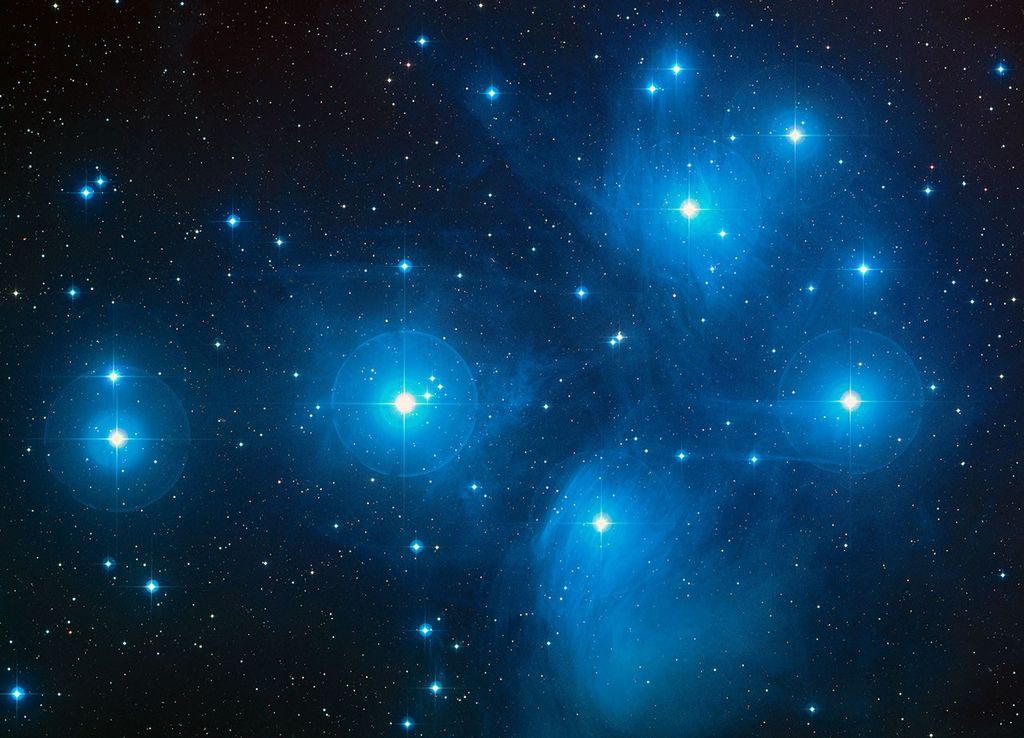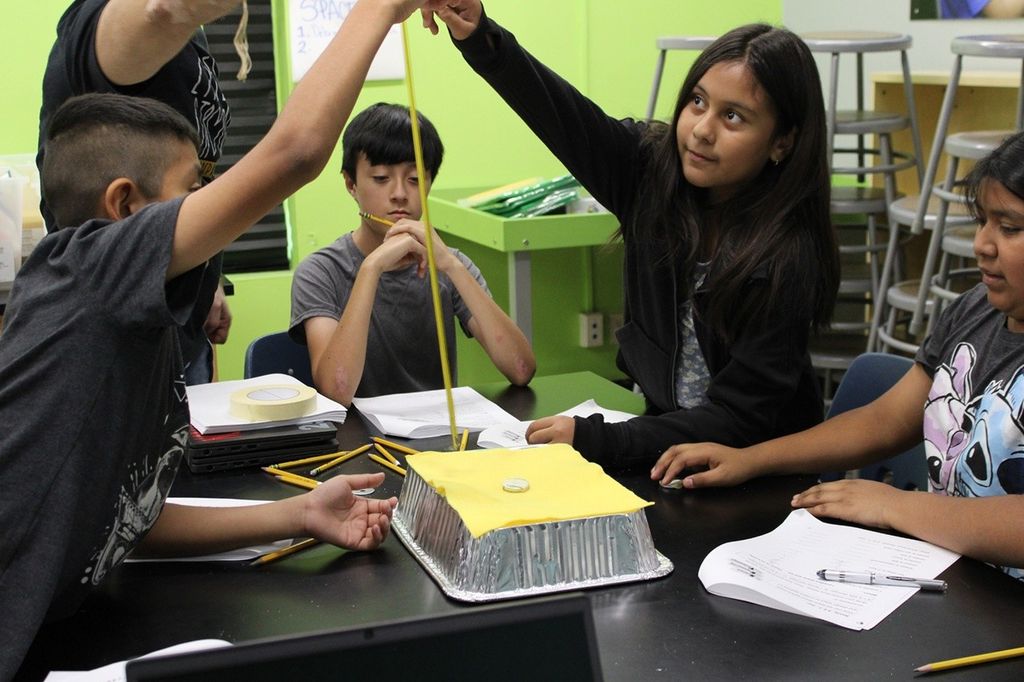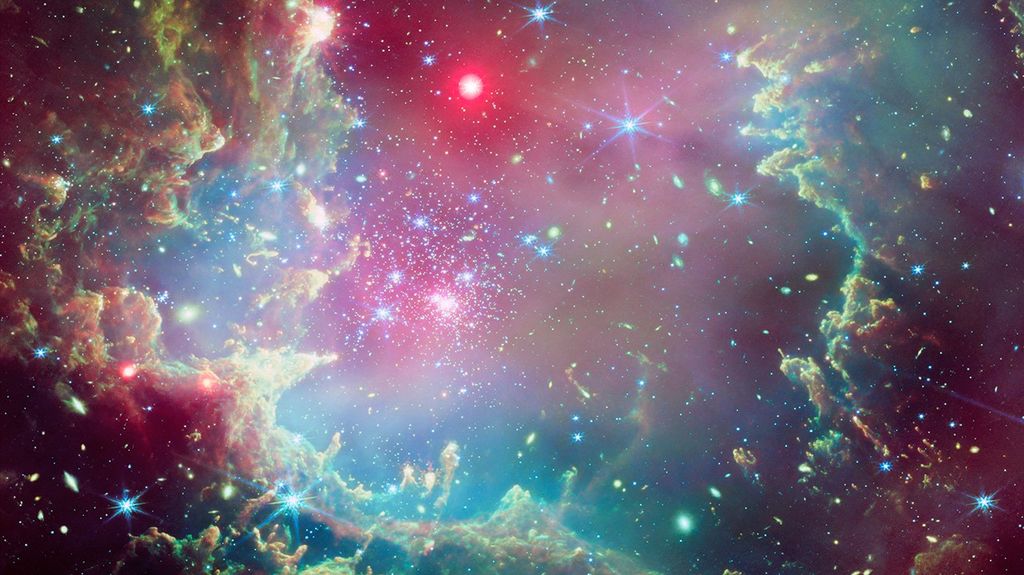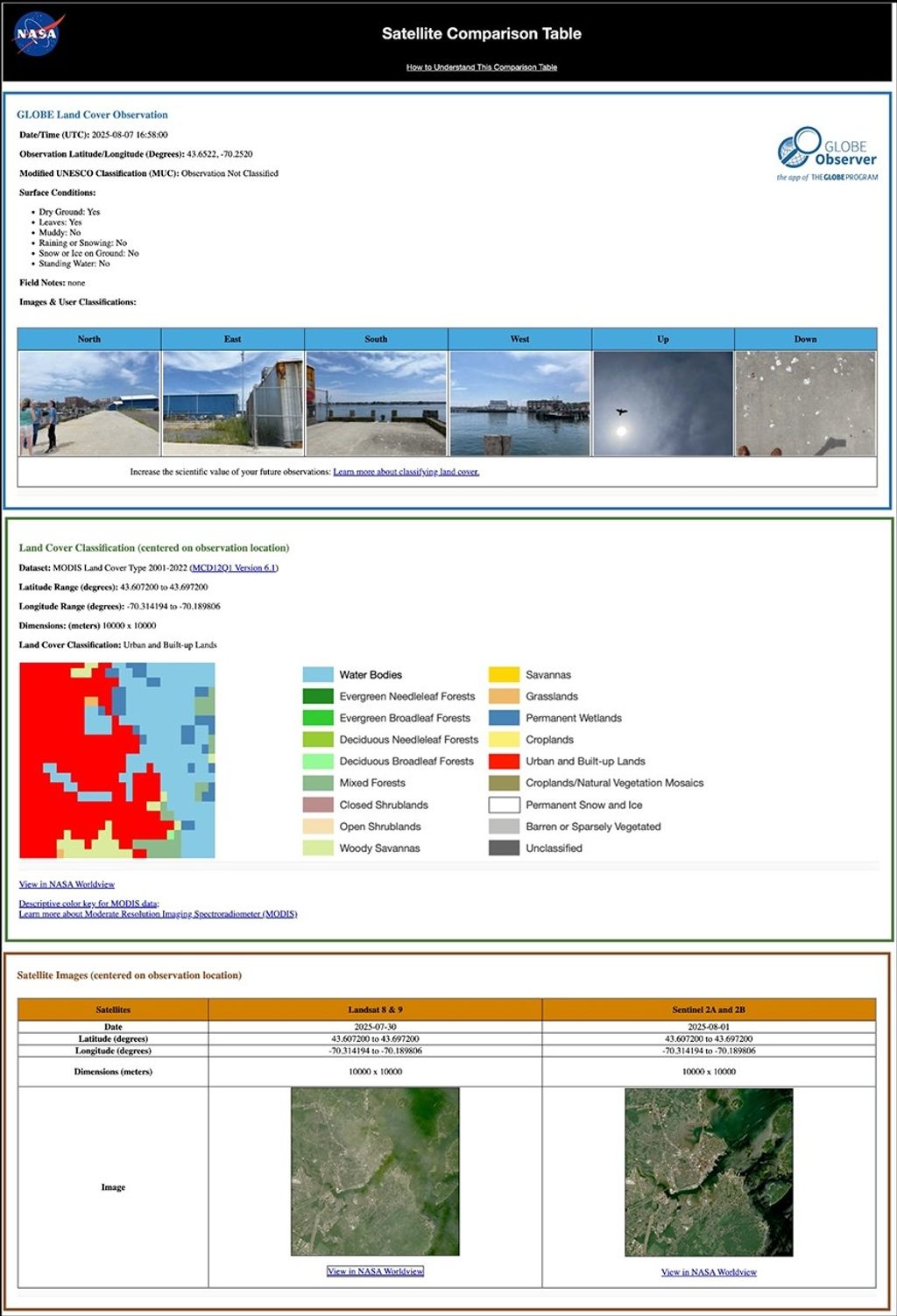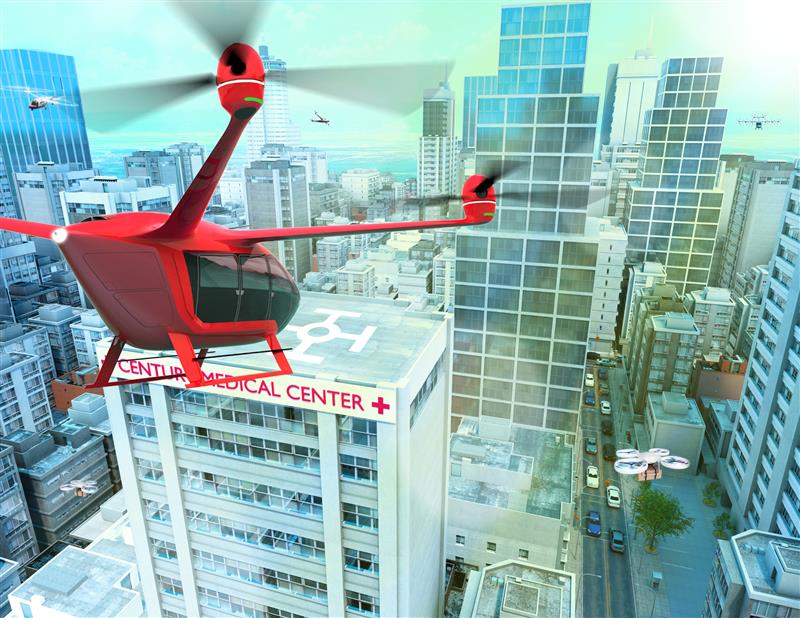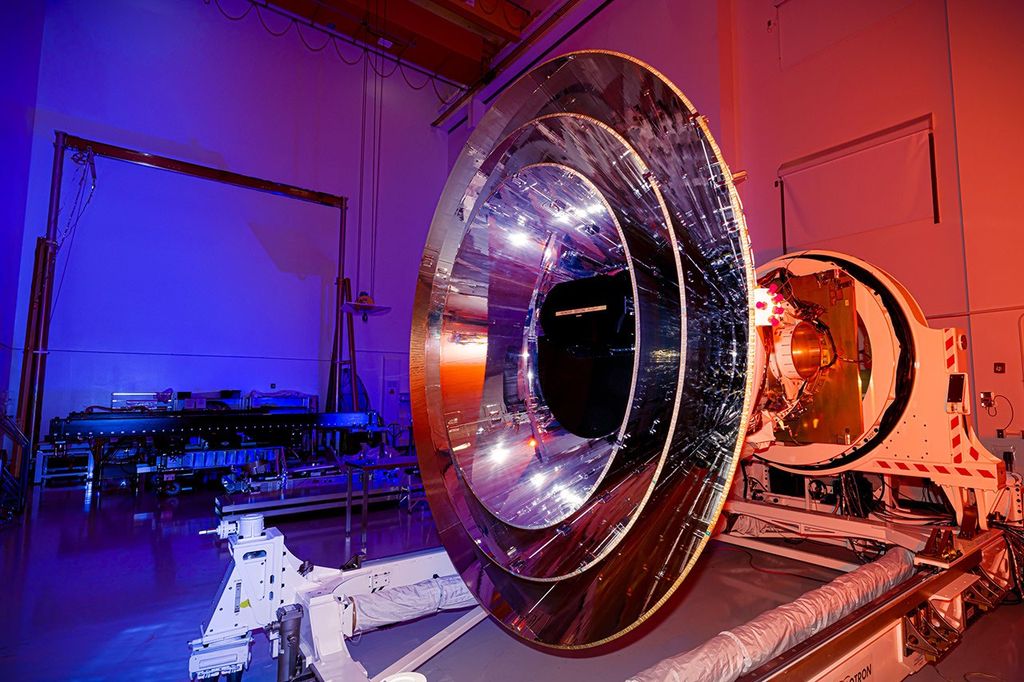1 min read
A Glowing Pool of Light: Planetary Nebula NGC 3132

NGC 3132 is a striking example of a planetary nebula. This expanding cloud of gas, surrounding a dying star, is known to amateur astronomers in the southern hemisphere as the "Eight-Burst" or the "Southern Ring" Nebula.
The name "planetary nebula" refers only to the round shape that many of these objects show when examined through a small visual telescope. In reality, these nebulae have little or nothing to do with planets, but are instead huge shells of gas ejected by stars as they near the ends of their lifetimes. NGC 3132 is nearly half a light year in diameter, and at a distance of about 2000 light years is one of the nearer known planetary nebulae. The gases are expanding away from the central star at a speed of 9 miles per second.
This image, captured by NASA's Hubble Space Telescope, clearly shows two stars near the center of the nebula, a bright white one, and an adjacent, fainter companion to its upper right. (A third, unrelated star lies near the edge of the nebula.) The faint partner is actually the star that has ejected the nebula. This star is now smaller than our own Sun, but extremely hot. The flood of ultraviolet radiation from its surface makes the surrounding gases glow through fluorescence. The brighter star is in an earlier stage of stellar evolution, but in the future it will probably eject its own planetary nebula.
In the Heritage Team's rendition of the Hubble image, the colors were chosen to represent the temperature of the gases. Blue represents the hottest gas, which is confined to the inner region of the nebula. Red represents the coolest gas, at the outer edge. The Hubble image also reveals a host of filaments, including one long one that resembles a waistband, made out of dust particles which have condensed out of the expanding gases. The dust particles are rich in elements such as carbon. Eons from now, these particles may be incorporated into new stars and planets when they form from interstellar gas and dust. Our own Sun may eject a similar planetary nebula some 6 billion years from now.
About the Object
- R.A. PositionR.A. PositionRight ascension – analogous to longitude – is one component of an object's position.10h 06m 58.54s
- Dec. PositionDec. PositionDeclination – analogous to latitude – is one component of an object's position.-40° 26' 00"
- ConstellationConstellationOne of 88 recognized regions of the celestial sphere in which the object appears.Vela
- DistanceDistanceThe physical distance from Earth to the astronomical object. Distances within our solar system are usually measured in Astronomical Units (AU). Distances between stars are usually measured in light-years. Interstellar distances can also be measured in parsecs.2,000 light-years (590 parsecs)
- DimensionsDimensionsThe physical size of the object or the apparent angle it subtends on the sky.NGC 3132 is ~0.4 light years in diameter. The image is 1.2 arcminutes on the vertical side.
About the Data
- Data DescriptionData DescriptionProposal: A description of the observations, their scientific justification, and the links to the data available in the science archive.
Science Team: The astronomers who planned the observations and analyzed the data. "PI" refers to the Principal Investigator.Principal Astronomers: R. Sahai, J. Trauger & R. Evans (Jet Propulsion Lab), and the WFPC2 Investigation Definition Team (IDT) - InstrumentInstrumentThe science instrument used to produce the data.HST>WFPC2
- Exposure DatesExposure DatesThe date(s) that the telescope made its observations and the total exposure time.December 7, 1995, Exposure Time: 1 hour
- FiltersFiltersThe camera filters that were used in the science observations.F502N (OIII), F656N (H-alpha), and F658N (NII)
- Object NameObject NameA name or catalog number that astronomers use to identify an astronomical object.NGC 3132, Eight-Burst Nebula, Southern Ring Nebula
- Object DescriptionObject DescriptionThe type of astronomical object.Planetary Nebula
- Release DateNovember 5, 1998
- Science ReleaseA Glowing Pool of Light
- CreditThe Hubble Heritage Team (STScI/AURA/NASA)

Blue: F502N (OIII) Green: F656N (H-alpha) Red: F658N (NII)
Share
Details
Claire Andreoli
NASA’s Goddard Space Flight Center
Greenbelt, Maryland
claire.andreoli@nasa.gov






